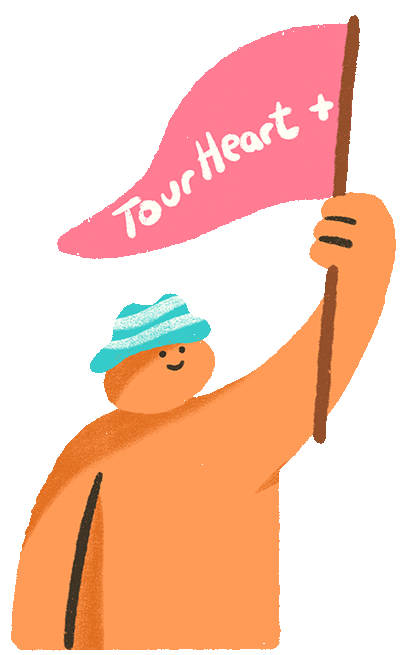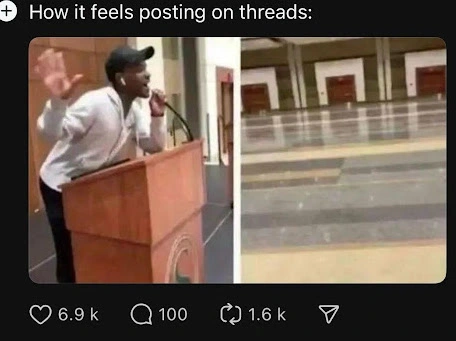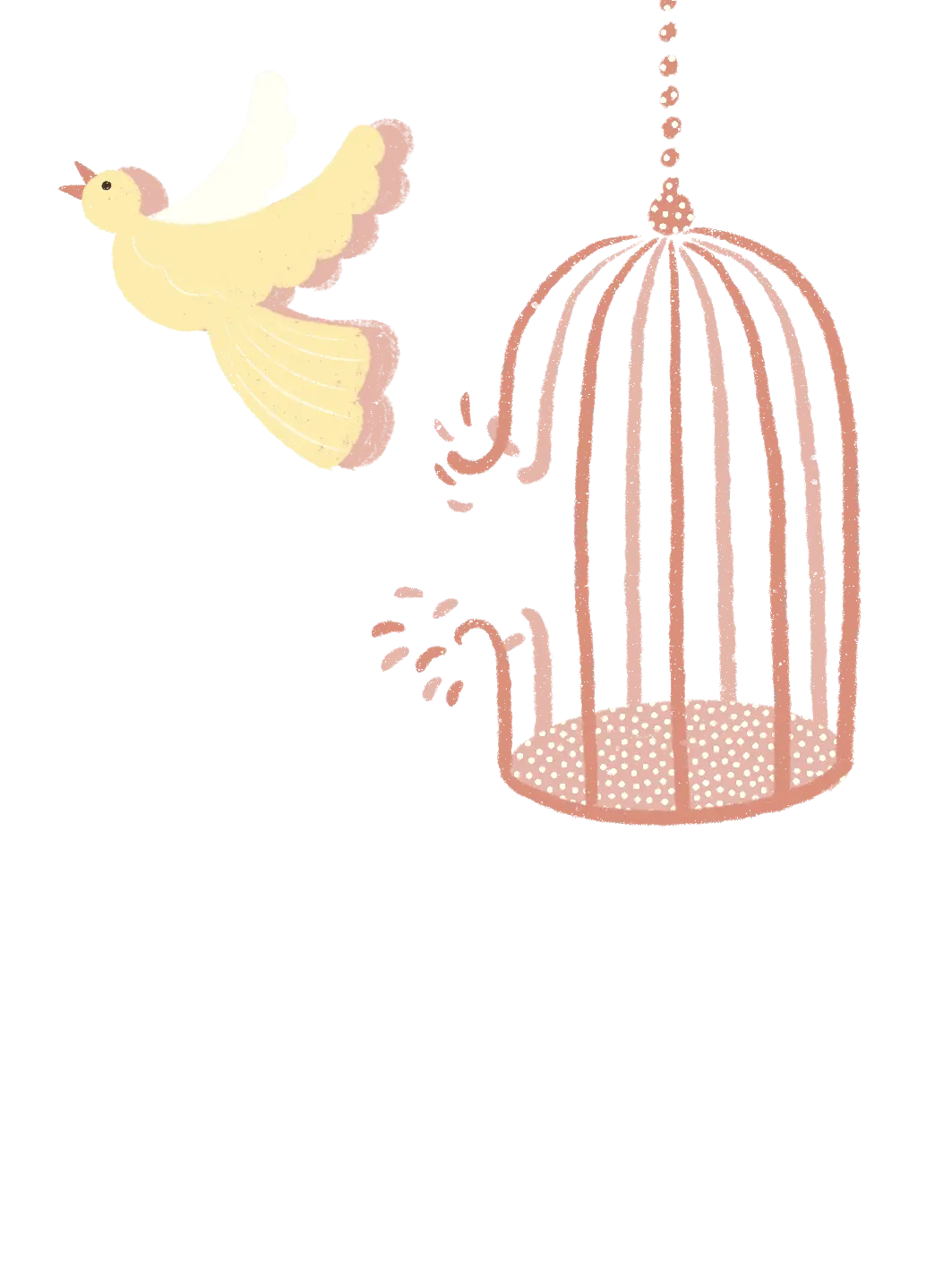Let’s make mental self-care a habit.

Ruby Liu MY
One-stop online mental health self-help platform.


ICQ, a once-beloved messaging platform that holds nostalgic memories for many individuals who grew up in the 80s and 90s, has announced its impending shutdown. Social media platforms like Instagram, X (formerly Twitter), Threads, and others continue to proliferate, densely weaving together an online generation.
In recent times, Threads, a platform closely linked with Instagram, has sparked considerable discussion. Within a mere five days of its launch last year, it attracted a staggering one billion registered users. Instagram's head describes Threads as a social platform specifically designed for public conversations, where individuals can engage in dialogues on topics of interest, even with unfamiliar individuals.
Threads operates on a different algorithm than Instagram. Apart from recommending personalized content based on individual preferences, it also promotes posts from other independent users. This approach was initially aimed at breaking the echo chamber effect but has simultaneously impacted user experience. For instance, some individuals share controversial content, including explicit, violent, or derogatory remarks targeting specific groups. Certain users exploit such content as a means to gain followers and exposure in the pursuit of increased engagement.
However, under the new algorithm, the virality and spread of messages on Threads are more unpredictable compared to other platforms. Users may come across posts that do not align with their interests, even if they have no browsing history related to such content. Some individuals choose not to download the application altogether, while many others are intrigued by the desire to explore the online culture of the younger generation and opt to download it.

(A post recommended by Threads)
Living in the online generation, internet culture and trends are difficult to predict and control. People have described how each individual is becoming increasingly "hybrid" between their online and offline existence, where we present our identities on platforms like Instagram and LinkedIn, contributing to our sense of self and how others perceive us.
Browsing social media may seem costless, but in reality, we are investing our own attention. As more and more people create content on social platforms, we read, filter, and interpret the world into our own perspectives, which are essentially the realities created by others. Conversely, what others read could be the reality we create.

Digital mindfulness-
remaining present when we are immersing ourselves in technology
Cultivating digital mindfulness, learning to use social media with awareness, is essential. Trying to focus on content that enhances (rather than diminishes) our well-being. Here are some methods to cultivate digital mindfulness:
Philosopher Marshall Berman once said, "To be modern is to find ourselves in an environment that promises us adventure, power, joy, growth, transformation of ourselves and the world - and, at the same time, that threatens to destroy everything we have, everything we know, everything we are." In a world where digital and daily life intertwine, remember the remarkable power we possess - the ability to select what we see and how we perceive it.
Let this realization inspire you to shape your digital experiences intentionally and embrace the endless possibilities it holds.

References:
McDaniel, B. T., & Drouin, M. (2019). Daily technology interruptions and emotional and relational well-being. Computers in Human Behavior, 99, 1–8. https://doi.org/10.1016/j.chb.2019.04.027
Yang, J., Fu, X., Liao, X., & Li, Y. (2020). Association of problematic smartphone use with poor sleep quality, depression, and anxiety: A systematic review and meta-analysis. Psychiatry research, 284, 112686.https://doi.org/10.1016/j.psychres.2019.112686

Ruby Liu MY
Well-being Promotion Officer of Jockey Club TourHeart+ Project
 阿本
阿本
已加到「我的練習」讓你隨時新增或翻閱紀錄

我們為你準備了更適合你現時狀況的內容,而之前的內容仍會保留。